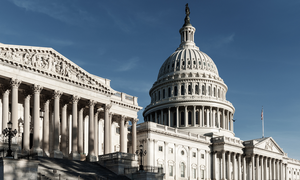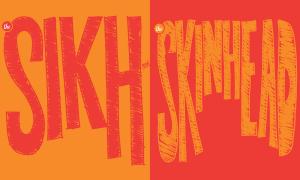Like the more than 22,000 students who visit the Civil Rights Memorial Center each year, Brittney Johnson loved the fountain. The 10-year-old Montgomery, Ala., native had never been to the memorial center, even though it’s just a few miles from her house. And like most visitors she was instantly drawn to the circular black granite fountain out in front. This unique piece of architecture, designed by Maya Lin, is engraved with the names of 40 civil rights martyrs. Next to it stands a wall of water that cascades transparently over Martin Luther King Jr.’s well-known paraphrase of Amos 5:24 -- We will not be satisfied until justice rolls down like waters and righteousness like a mighty stream.

